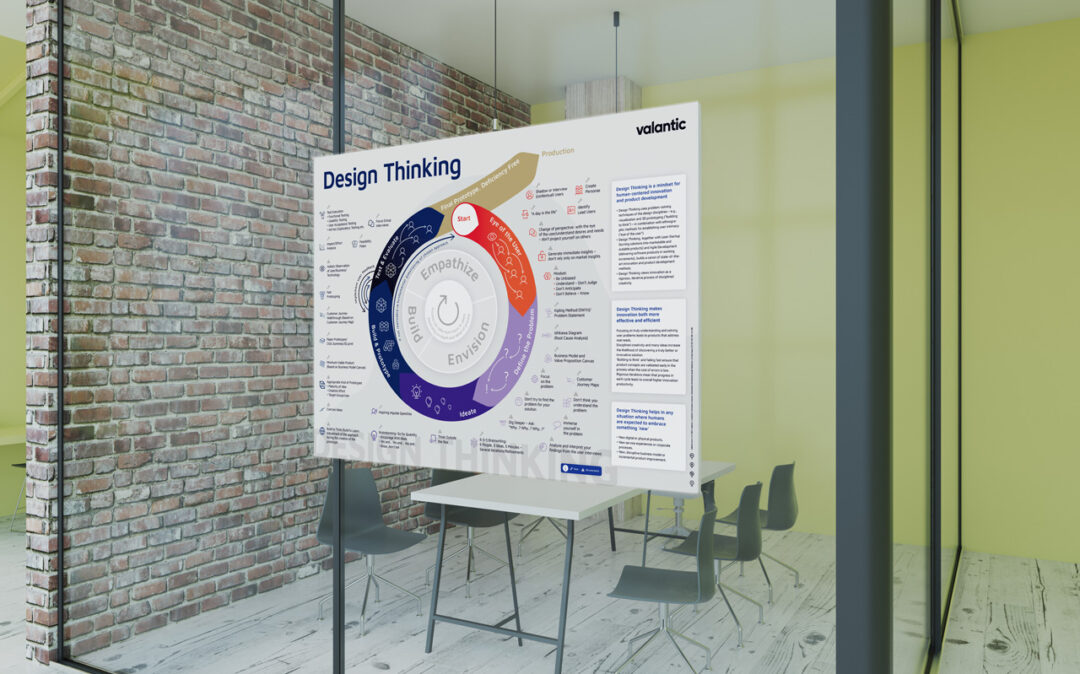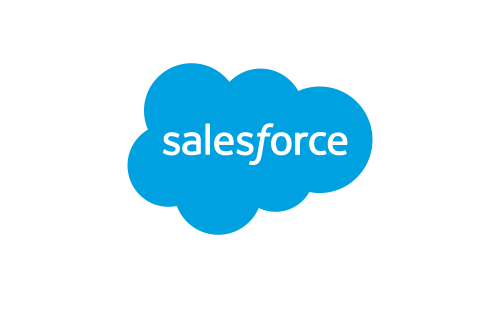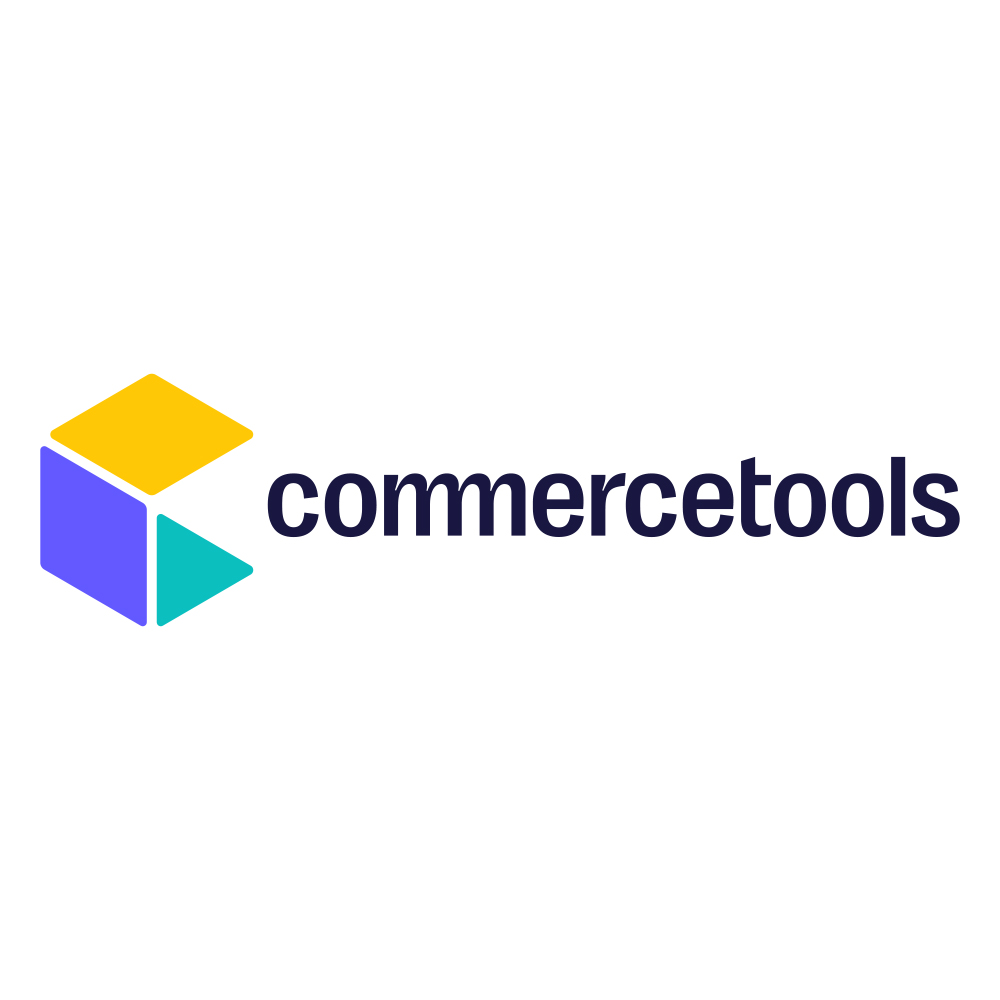Highlight

Successful together – our valantic Team.
Meet the people who bring passion and accountability to driving success at valantic.
Get to know usAI-Driven Optimization for Your Online Business.
Successful e-commerce focuses on the customer: their individual needs and high expectations set the standard. However, it is no longer enough to meet minimum requirements. In a competitive environment, it is essential to stand out through AI-powered personalization and simple, smooth processes. Profitable and future-proof solutions for digital commerce are our daily business; creating digital experiences that impress and remain memorable is our core competence. Whether B2B, B2C or D2C.

Technologies are only one component of digital transformation. At valantic, we focus on a holistic view and a 360-degree approach that integrates the three decisive pillars for e-commerce success: business, experience and technology.
Business: Tailored commerce strategies
Our digital commerce strategies are not only based on market analysis, but also on a deep understanding of your target customers, your business requirements and the developments in your industry.
Experience: Outstanding customer experiences
Everything revolves around the customer experience (CX): Our experts design and implement unique digital shopping experiences that not only satisfy your customers, but also inspire them over and over again and build long-term loyalty to your brand.
Technology: Customized digital solutions with AI
The foundation of our 360-degree approach: powerful, scalable e-commerce systems that prepare you for changes in the markets and new requirements for your company. Artificial Intelligence (AI), machine learning and comprehensive data analysis give your business a decisive competitive advantage. For instance, AI agents in e-commerce automate support, while dynamic pricing AI adjusts in real-time to boost margins.
Our 360-degree customer experience approach ensures that every aspect of your web presence is perfectly aligned for maximum efficiency, customer satisfaction and business success.
Our proven suite of AI solutions integrates seamlessly with your commerce platform, providing:
In business-to-customer (B2C) commerce, one thing counts above all: a direct line to end consumers. For us, a shopping experience that inspires consumers and keeps them coming back is based on the following cornerstones:
Personalization and data analysis with AI
A key component of a successful B2C strategy is a deep understanding of customers’ individual wishes and expectations. That’s why we are constantly refining our approaches to AI personalization in e-commerce: based on advanced data analysis methods, we create customized shopping experiences that are tailored to the needs of your customers
Technological innovations
Digital innovations and trends such as AI, AR and VR bring a new level of interactivity and immersion to the shopping experience. With our support, you can make the most of these technological possibilities and use innovations in a targeted manner to continuously improve your online presence.
Omnichannel strategy
A coherent omnichannel strategy that enables seamless transitions between all sales channels and touchpoints: we ensure consistent, smooth shopping experiences – online, mobile and in stationary retail.
Optimized logistics
Rapid, reliable deliveries and simple product returns make a significant contribution to customer satisfaction in B2C retail. We optimize logistics processes to ensure that they are cost-efficient and customer-centric.
From strategy to successful implementation – valantic supports you with business excellence and technical know-how as a navigator in B2C commerce.
D2C (direct-to-customer) stands for direct sales from manufacturers to end consumers. Contact and interaction with customers usually takes place directly via your own webshop. This means that distributors or retailers are increasingly disappearing from the supply chain. A distinction can be made between:
Who benefits from the D2C model?
Some well-known brands now generate up to 30 percent of their turnover through direct sales to consumers. So who benefits from the direct-to-customer sales model?


Advantages for end customers
The benefits that D2C distribution brings to companies also lead to decisive advantages for consumers:
D2C retail and valantic have one thing in common: they consistently focus on customers. No other sales channel allows consumers to be reached so easily and in such a targeted manner. Direct sales create trust and promotes loyalty, which contributes to customer retention.
Direct access to all relevant data allows you to keep an eye on the entire funnel – a key prerequisite for delivering individual content, personalized products and offers at the right time via the right channels.
The ability to skip an entire retail level with the D2C model strengthens independence and increases margins. Manufacturers can also offer exclusive products and services, e.g. special financing models, product bundles, self-service portals and community forums.
The many opportunities offered by direct sales are accompanied by a number of challenges:
Marketing costs
As companies using the D2C model cannot rely on the marketing resources of intermediaries, they often have to invest in their own marketing strategies in order to effectively reach their target group and build brand awareness.
Customer service expenses
The direct relationship with customers also means that all inquiries, complaints and after-sales services must be handled internally. This can mean more effort and higher costs for customer support.
Logistics
Without the support of retailers and distributors, D2C companies are responsible for their own logistics processes and order fulfillment, which can lead to complications if not planned and scaled properly.
Fluctuating levels of demand
In direct selling, it is more important than ever to forecast exact demand. Miscalculations can lead to overstocking or sold-out goods, which means financial losses.
Dependence on digital platforms
D2C companies rely heavily on the performance of their online channels and search engine optimization. Therefore, they must be able to react quickly to changes in search algorithms and platform rules.
Data and cyber security
Collecting and analyzing customer data often raises questions about privacy and data security. Violations can not only result in a loss of customer trust, but also heavy fines.
Competitive pressure
D2C models are becoming increasingly popular, leading to a saturated market and high competitive pressure. It’s becoming increasingly difficult for new or smaller vendors to compete.
Quality assurance
As the entire supply chain is handled in-house, the responsibility for quality assurance lies with the D2C company, which requires additional resources.
With our specialized services and tailor-made strategies, we help you to effectively master the challenges of D2C distribution and exploit the diverse potential – so that your company can operate and grow successfully in a dynamic market environment.
Business-to-business (B2B) commerce is particularly complex and heavily integrated into back-end and supply chain processes. And it is more demanding in terms of technology:
Individual customer prices, quick and direct orders, complex checkout and punchout procedures, assignment of rights and roles, request management and seamless integration with upstream and downstream processes: These are just a few aspects that need to be structured and implemented with expertise. Three other factors are:
Complex decision-making processes and longer sales cycles
In the B2B sector, several stakeholders within the organization are usually involved in the decision-making process. Multi-stage sales processes typically take longer as they require intensive consultation, negotiations, continuous interaction and relationship management.
Higher transaction volume
B2B transactions often involve large sales volumes or high values. Sophisticated, sometimes very specific products and services require a deep understanding of the customer’s requirements and demand more targeted product development.
Stronger focus on relationships and networking
In B2B trade, building and maintaining long-term business relationships and partnerships is essential. Companies need to invest in customer support and professional networks to gain the trust and loyalty of their customers.
valantic specializes in optimizing advanced retail processes with tailored, technologically leading solutions. Discover our service portfolio to make your e-business competitive and future-proof!
Great online performance paired with a well-structured digital sales strategy makes all the difference. Our range of services is designed to ensure that your online business becomes a sustainable and profitable part of your company.
The e-commerce environment is dynamic and highly competitive. It is not enough to be present online – companies need to position their brand strategically and intelligently. We develop a targeted e-commerce strategy tailored to reach your target group via the most effective channels – whether by integrating new marketplaces, setting up an omnichannel distribution or optimizing existing touchpoints. We develop strategies that drive your business growth.

Online store development: innovative and user-centric
An online store is your company’s virtual showcase. However, it’s not just the first impression that counts here, but the entire shopping experience: user-friendliness and intuitive functions are just as important as performance, short loading times and an appealing, responsive design. We support you from conception to launch and beyond to turn your store visitors into satisfied customers who love to come back.

Well-engineered design is at the heart of every user experience (UX). It not only makes it easier for users to find their way around your platform, but also reflects the values of your brand and evokes emotions that customers associate with your offering. From the first sketch to the final interface, we utilize a user-centric approach and a data-driven methodology to develop UX designs that are visually and functionally convincing. Our user research ensures that we can precisely understand and serve the needs and wishes of your target group.

No successful e-commerce without successful online marketing: With our expertise in the development and implementation of marketing strategies, we help you to optimally position your brand in search engines, effectively address your target group and attract potential customers through intelligent retargeting campaigns. The result: online marketing that generates lasting attention and increases your sales.

Digital accessibility goes beyond legal compliance. With online offerings that are accessible and usable for all people without restrictions, companies are sending a strong signal of social responsibility. From June 2025, it will be a legal obligation to make all sales platforms accessible to end consumers. We have the specialist knowledge and relevant certifications to implement the latest standards of the Web Content Accessibility Guidelines (WCAG). This not only improves the performance of your digital platforms, but also offers a much larger target group a convincing, inclusive shopping experience.

Product information management (PIM): centralized and efficient
A central, efficient system for product information management (PIM) is essential to keep your product data consistent and up-to-date across all channels. With our support, you implement and use a PIM system that optimizes the presentation of your products, improves data quality and shortens time-to-market.

Quality assurance and software testing: reliable and secure
Quality assurance (QA) is not only an essential step in the development process – it is a promise to your customers that you value flawless functionality and the highest security standards. Through comprehensive QA measures as well as automated and manual software testing, we ensure the constant performance, stability and reliability of your applications.

Our service portfolio is geared towards sustainably strengthening and advancing your e-business with tailor-made solutions. Would you also like to optimize your online strategy, expand your e-commerce services or increase the performance of your platform? We support you with business know-how and technological expertise.










